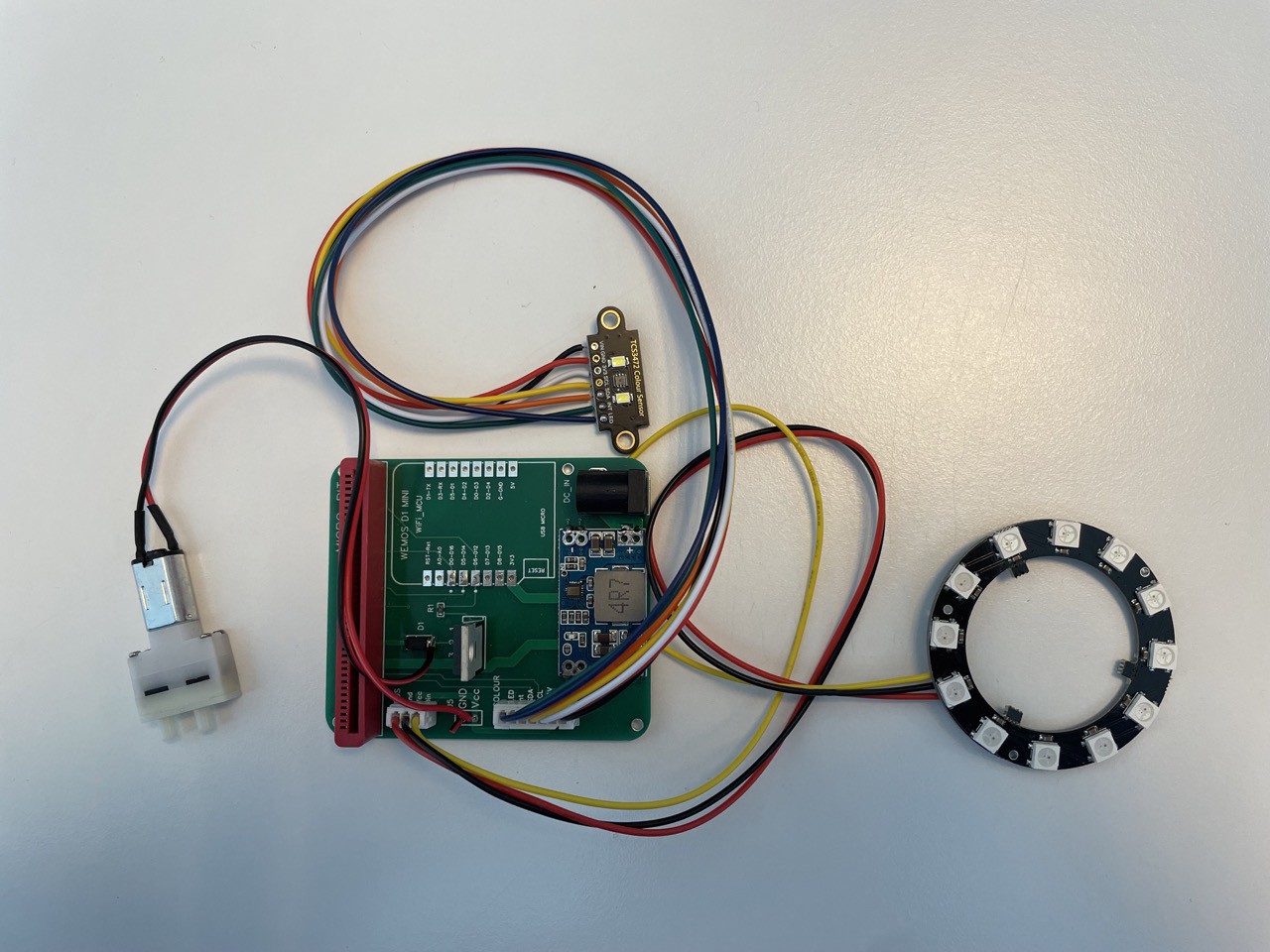One of the main learnings from the first version of AlgaLite was that students and makers had a limited time at a workshop to get acquainted with all the different tech stacks related to building the project.
While the mechanical and electronic assembly of the box was fairly straightforward, the programming of the microcontroller in the Arduino environment was not the easiest thing for people who had never experienced it before.
I conducted feedback sessions with the teachers who tried to conduct the workshops themselves and this was the hardest part for them.
They told me that they had a lot of fun with the BBC microbit and that it would be a much easier development environment for them.
They were also unsure about how, what, and when to do when the microalgae grew thicker.
This formed the basis for an improved revision of AlgaLite that tackled the challenges faced.
The major changes were
- Addition of a colour sensor to know when to subculture the algae
- Addition of a header so that the BBC Microbit can be used as the controller board
- Removal of the switches that controlled the air pump and power
- Changes to the air pump component to reduce the noise level
- Changes to a larger LED ring
- Changes to the mechanical structure to fit the new air pump, light sensor, MicroBit, and LED ring

Another issue that I've addressed with this version is the excessive time taken on soldering. By using JST connectors, the only soldering needed is the main headers/functional components.
This resulted in a slight redesign to the PCB that brought all the components together.

In this way, workshop holders can pre-solder some components to reduce the overall time taken by that activity and focus on areas of their choice.
 Keenan Pinto
Keenan Pinto
Discussions
Become a Hackaday.io Member
Create an account to leave a comment. Already have an account? Log In.